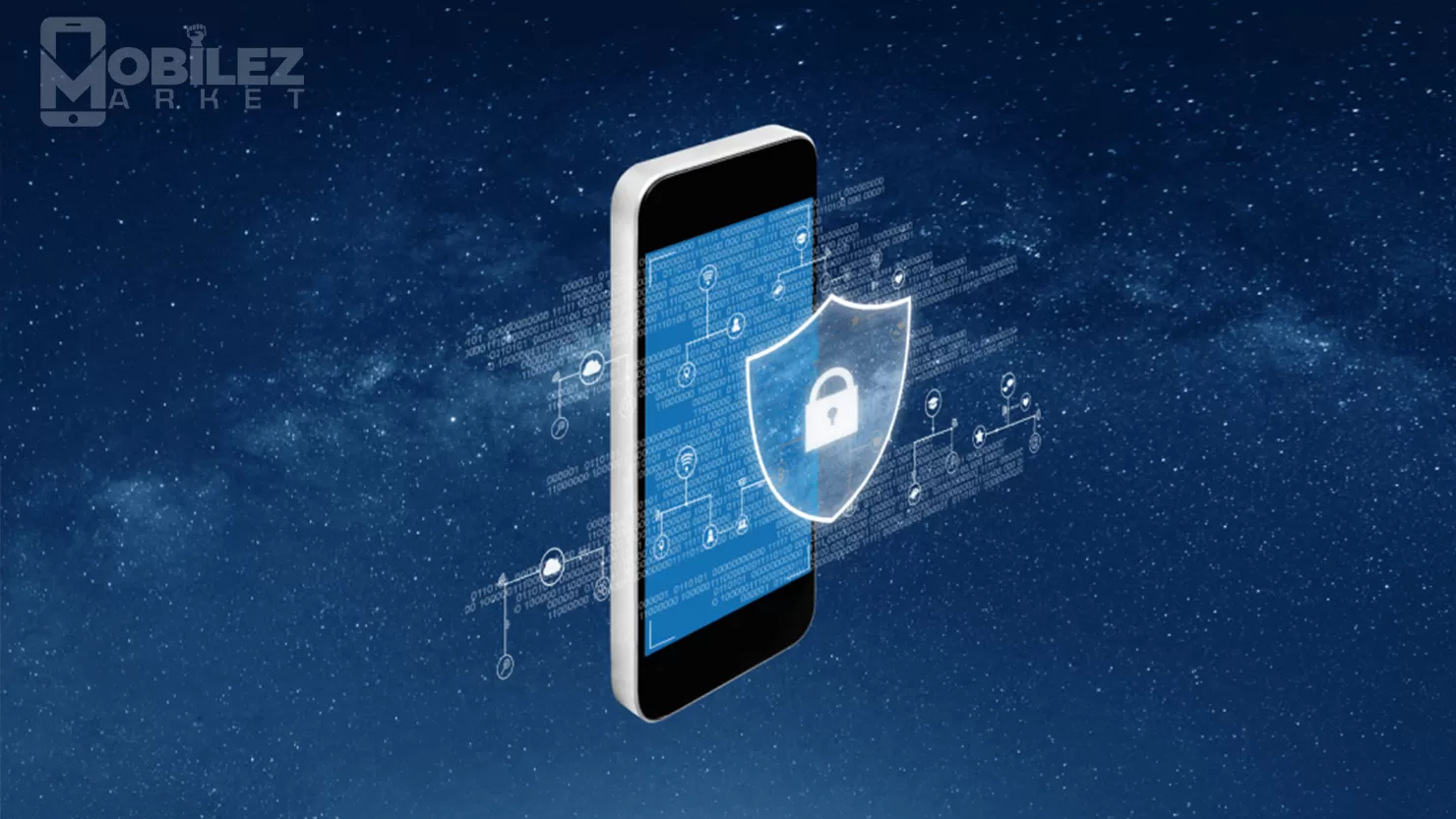Mobile Security | Protecting Your Data and Privacy on the Go
Introduction:
As smartphones have become an integral part of our daily lives, the importance of mobile security has never been greater. With the increasing prevalence of mobile threats such as malware, phishing attacks, and data breaches, it's crucial to take proactive measures to safeguard your data and privacy while on the go. In this blog post, we'll explore the essential steps you can take to enhance mobile security and protect your sensitive information from unauthorized access and exploitation.
Understanding Mobile Security Risks:
- Malware and Viruses: Malicious software (malware) poses a significant threat to mobile devices, capable of stealing sensitive information, hijacking device functionality, and causing financial losses.
- Phishing Attacks: Phishing attacks target users through fraudulent emails, text messages, or websites, tricking them into divulging personal information, login credentials, or financial details.
- Data Breaches: Data breaches occur when unauthorized parties gain access to sensitive data stored on mobile devices or transmitted over insecure networks, leading to identity theft, financial fraud, or reputational damage.
- Device Theft and Loss: Physical theft or loss of mobile devices can result in unauthorized access to sensitive data, exposing users to privacy violations and financial risks.
Essential Mobile Security Practices:
- Keep Software Updated: Regularly update your device's operating system, applications, and security software to patch vulnerabilities and protect against emerging threats.
- Use Strong Passwords and Biometric Authentication: Secure your device with a strong password, PIN, or biometric authentication (e.g., fingerprint or face recognition) to prevent unauthorized access.
- Enable Device Encryption: Enable encryption on your device to protect data stored on the device from unauthorized access, especially in the event of loss or theft.
- Install Security Software: Install reputable antivirus and security software on your device to detect and remove malware, block malicious websites, and protect against phishing attacks.
- Be Mindful of App Permissions: Review and manage app permissions carefully to ensure that apps only access the data and features necessary for their functionality, minimizing the risk of data leakage or misuse.
- Use Secure Wi-Fi Networks: Avoid connecting to unsecured Wi-Fi networks, especially public hotspots, as they may expose your data to interception and eavesdropping by malicious actors.
- Implement Remote Wipe and Tracking: Enable remote wipe and tracking features on your device to remotely erase data and locate your device in case of loss or theft, mitigating the risk of unauthorized access.
- Backup Your Data Regularly: Backup your data regularly to a secure cloud storage service or external device to ensure that you can recover your data in the event of device loss, theft, or hardware failure.
Secure Communication and Data Transmission:
- Use Secure Messaging Apps: Utilize encrypted messaging apps that offer end-to-end encryption to protect your conversations and media files from interception by third parties.
- Enable HTTPS and VPN: Ensure that websites use HTTPS encryption for secure communication and consider using a virtual private network (VPN) to encrypt your internet traffic and protect your online privacy.
- Avoid Public Charging Stations: Avoid using public charging stations or USB ports to charge your device, as they may be compromised to install malware or steal data from connected devices.
Educate Yourself and Stay Informed:
- Stay Updated on Threats: Stay informed about the latest mobile security threats and trends by following reputable security blogs, news outlets, and industry reports.
- Educate Yourself and Others: Educate yourself and your family members about mobile security best practices, including safe browsing habits, recognizing phishing attempts, and avoiding suspicious links and downloads.
- Report Suspicious Activity: Report any suspicious activity, such as unauthorized access attempts or unusual behavior on your device, to your device manufacturer, service provider, or law enforcement authorities.
Conclusion:
Mobile security is paramount in today's digital age, where smartphones serve as repositories of sensitive information and gateways to our digital lives. By implementing essential security practices, staying vigilant against emerging threats, and staying informed about best practices, you can protect your data and privacy while on the go. Remember that mobile security is a continuous process that requires diligence and awareness to stay one step ahead of cyber threats and safeguard your digital assets from unauthorized access and exploitation.


